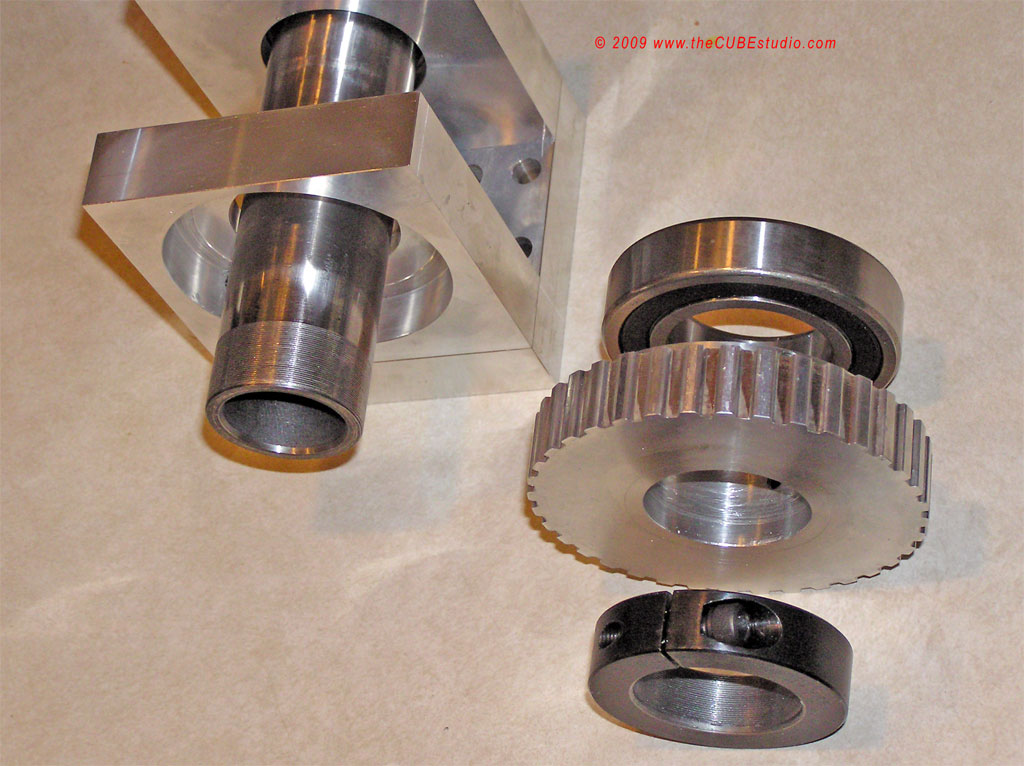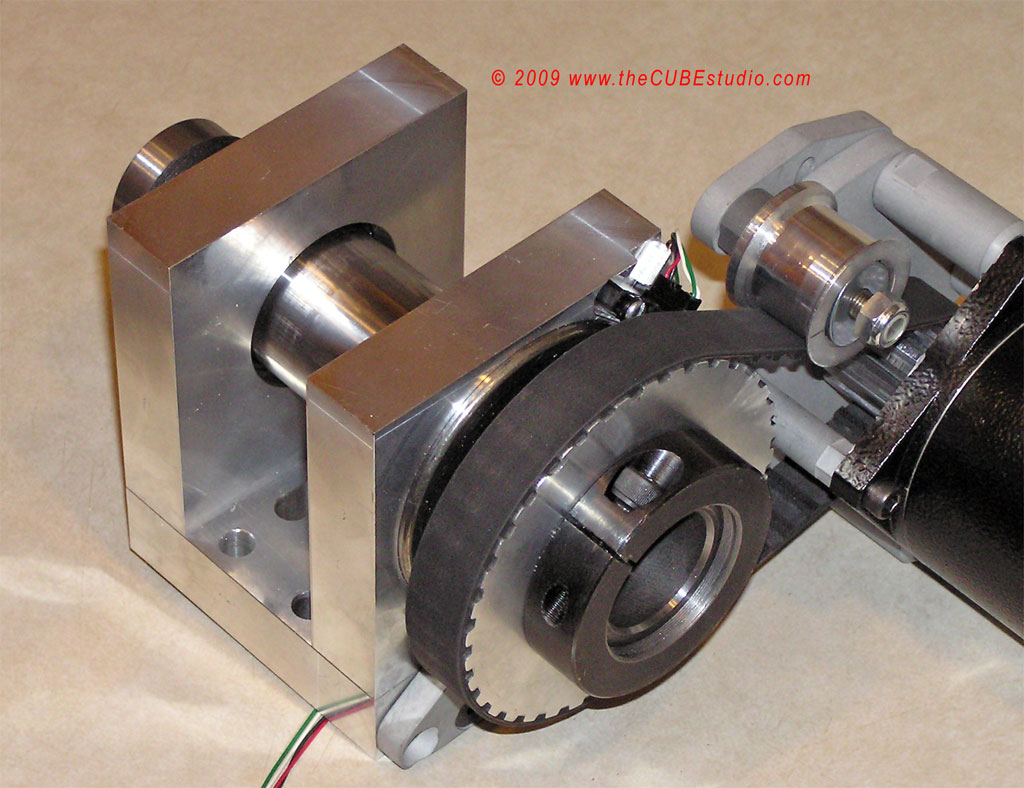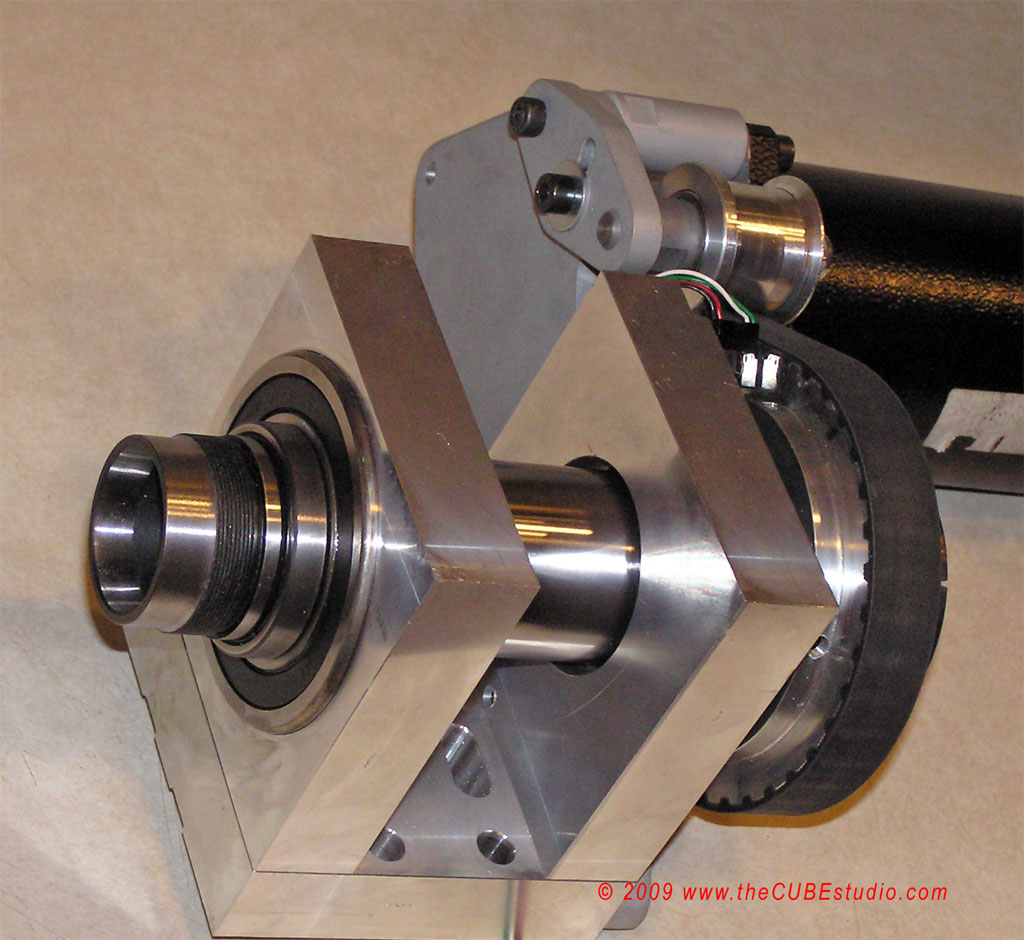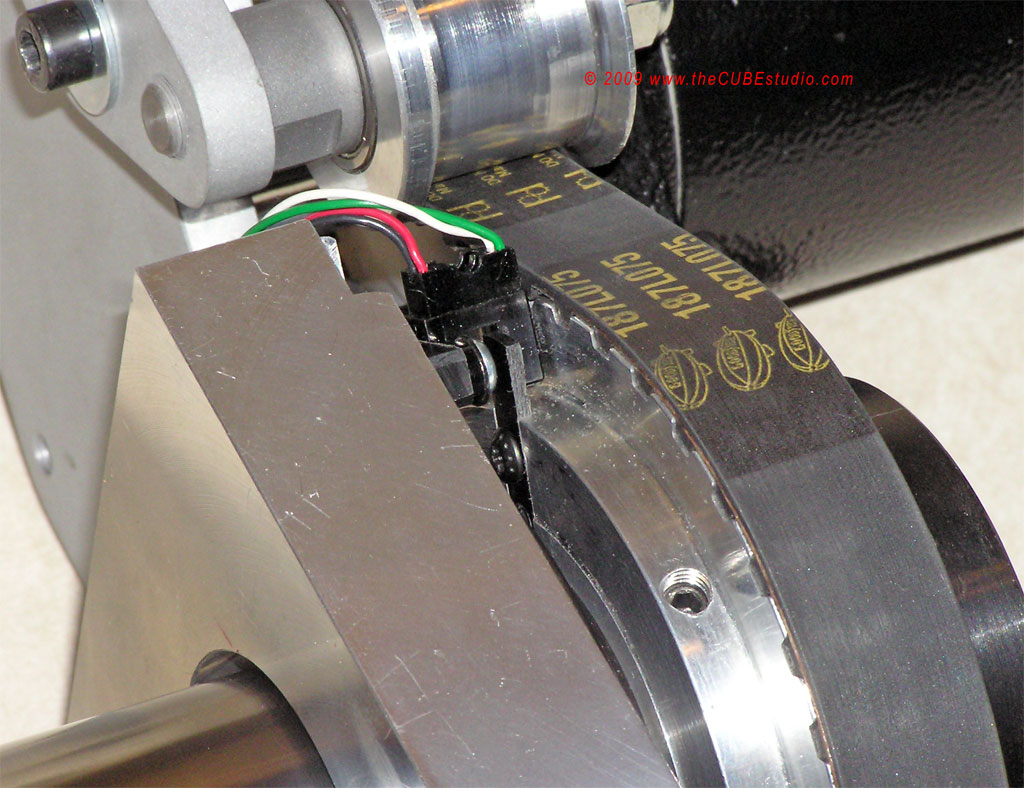1071
Show"N"Tell ( Your Machines) / Re: Success! Mini Machining Center under Mach3 control - Video link
« on: July 09, 2009, 07:12:02 AM »This thing is a lot hotter than 70C so I better do something about that.
The resistor was mounted on the outside of the aluminum box that houses the 4th axis servo drive, but it was heating up the entire box!
I have some huge old finned heat sinks from Pentium 3 CPUs. Methinks perhaps I'll bolt the resistor to one of those and mount it remotely away from the control box . . where I won't burn the crap out of myself by accidentally touching it

. . . -or- . . . I could mount it to the mill itself behind the Z axis post. That should be able to absorb a days worth of heat and would not result in having longer wire runs to the motor.
. . . -or- . . . I may just run without it and risk toasting the drive with deceleration voltage, although in my application, I just don't see that happening since Mach controls the decel rate.
Decisions, decisions . . . .






